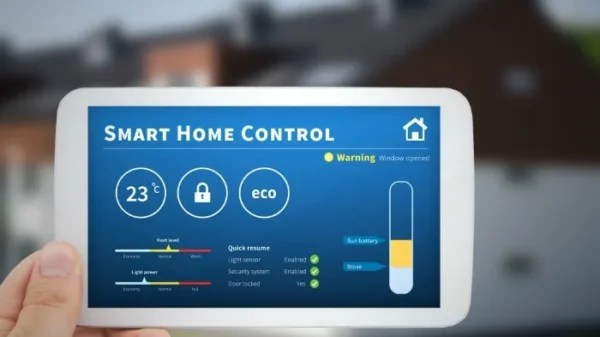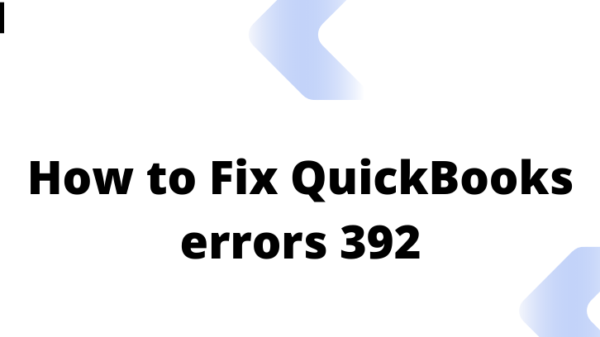A part of managing a small business is to ensure that you’re making profits at the end of the year. Financial reports can help you monitor and manage your cash flow, which can, in turn, help improve your company’s finances.
But you may be wondering, ‘What kind of financial reports should I create?’ How do you know which financial reports are needed to make your business more successful with dozens of options to choose from? Here are the seven financial statements that all small business owners need to know about:
- The Balance Sheet
The balance sheet is, without a doubt, the single most important financial report you will generate for your business. A balance sheet is also known as a ‘statement of financial situation.’ It showcases the financial health of your company and lets you know what your assets are.
Calculating your balance sheet is simple as well. All you need to do is create two lists on the same page. On the left side, list all your liabilities. This includes both your short-term liabilities, such as utilities and payroll, as well as your long-term liabilities. If you’ve taken out a loan to fund your business, then this would fall under your long-term liability.
On the second column, list all your equities. Your equities include all revenue you have through your startup capital, as well as anything you’ve earned. To understand what your assets are, you’ll need to combine both your liabilities as well as your equities. The sum you have left at the end is your assets.
The balance sheet is an essential financial report that lets you track your liabilities, as well as your assets. Consider generating either a monthly or a quarterly balance sheet. This will help you to stay up to date on the financial health of your company.
- Profit and Loss Statement
The profit and loss statement is also sometimes known as an income statement. It helps you monitor your business profits within a set period of time.
In order to generate this report, first, you’ll need to calculate your gross profit. You can do this by subtracting your sales figures from the total cost it took to source those goods. This figure should include everything from raw materials to transportation costs, taxes, and all other expenses related to product procurement. Once you’ve calculated your gross profit, it’s time to calculate your net profit.
To calculate your net profit, you’ll need to subtract your gross profit from the expenses associated with running your business. The figure you get is your net profit for that period of time.
The profit and loss statement is an essential financial report that helps you understand how you’re profiting. By understanding how your expenses affect your net profit, you can create a better business budget.
- Cash Flow Statement
Your cash flow statement helps you monitor all the money coming into and going out of your business. You’ll clearly be able to understand how your expenses are affecting your business and can then find ways to reduce the same.
To generate your cash flow statement, simply list out all the money that’s come into your business, as well as left your business, within a set period of time. It’s a good idea to consider generating cash flow statements each month, especially before purchasing inventory. This can show you how much you profited after your last stock purchase.
- Account Receivable Aging Report
The accounts receivable aging report helps you identify delinquent customers who are late on paying their bills. Some customers can try to take advantage of your small business. This financial report is critical because it helps you to clearly identify them and then find ways to deal with the problem.
You can refuse service or products to such delinquent customers until all accounts have been received. To generate the accounts receivable aging report, you’ll need to calculate the length of time that payments to you have been overdue. It’s a good idea to do this once a week, so you can consistently keep receiving all the money you are owed.
- AR Days vs. AP Days Report
AR stands for accounts receivable, while AP stands for accounts payable. The AR vs. AP report is the ratio between the two. This will show you how much cash you have available on hand.
The AR vs. AP report is industry-specific, so your figures can change depending on the industry you belong to. For that reason, it’s important to use historical data to understand what the figures in your industry are like. Compare these figures with your own to know where you’re positioned in your industry. The AR vs. AP report should be generated periodically, as it can give you valuable clues about industry trends, as well as your business.
- Net Profit Margin Over Time Period
Your net profit margin is how many cents of profit you make for every dollar on products sold or services rendered. This figure is essential when it comes to an understanding of how your industry is working. It can help you set the correct prices for your products and services and help you keep up with the market trends.
Sometimes, changes in the industry appear seasonally. For that reason, it’s a good idea to consider generating your net profit margin report seasonally, as well as annually. If you were a clothing retailer, for example, then the price of your clothing can change from season to season. Winter clothes cost more in the winter and less in the summer. Your net margin report shows you how you should price your products in accordance with market and industry trends.
- Budget vs. Actual Report
The budget vs. actual report shows you how much you’ve actually spent, against your projected budget, for a set period of time. All small business owners prepare business budgets. This is key when it comes to ensuring that you don’t overspend.
However, many business owners often end up going over their budget. Your budget vs. actual report shows you how much you spent against how much you projected that you would need to pay. This can help you create a better business budget in the future. You can also identify areas where you need to spend more and add that to your budget for the future as well.
Conclusion
These are the seven most critical financial reports that all small business owners should know about. With the help of these financial reports, you should understand how to improve the financial condition of your business. This can, in turn, bring in more profits and help you expand and grow your business.
You can also consider using accounting software or cash flow management software to automate financial records. That way, you won’t need to do them yourself or hire an accountant or bookkeeper to do them for you.
As a small business owner, you should also consider protecting your business against common business risks. You can do this with the help of insurance policies like professional liability insurance. If you want to learn about professional liability insurance costs, then click here.





















































You must be logged in to post a comment Login